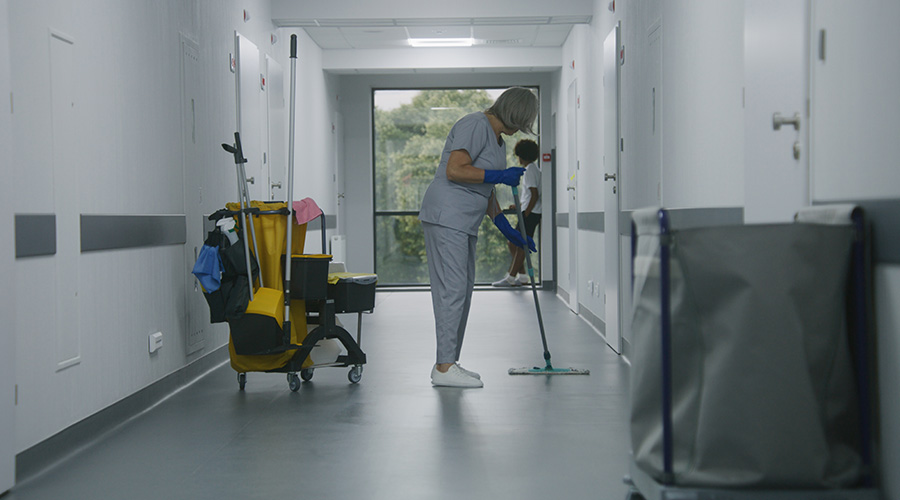Self-cleaning touch points can support infection control efforts, according to an article on the European Cleaning Journal website.
Powered by light, the self-cleaning surface use mineral nanocrystals to create an oxidation reaction.
The surfaces also have the ability to work 24/7 since the oxidation reaction is powered by any visible light, including incandescent, fluorescent and LED light.
The nanocrystals generate a strong static effect at a microscopic scale to trap organic contaminants even in the absence of light.

 ISSA Introduces Healthcare Platform to Advance Safer, Cleaner Patient Environments
ISSA Introduces Healthcare Platform to Advance Safer, Cleaner Patient Environments Third-Party Tracking Settlement is a Compliance Wake-Up Call for Healthcare Facilities Managers
Third-Party Tracking Settlement is a Compliance Wake-Up Call for Healthcare Facilities Managers